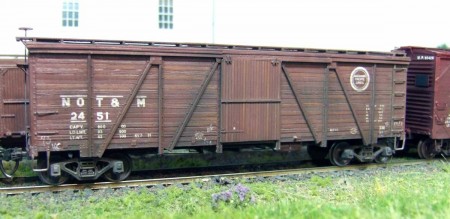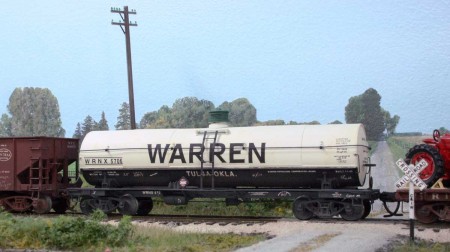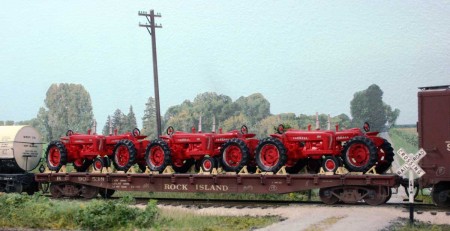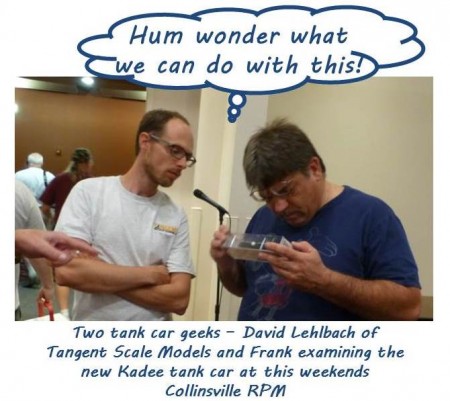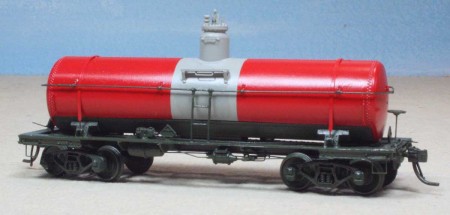Charlie Duckworth returns with another interesting build summery.
History
In 1921, American Car & Foundry (AC&F) built 500 single sheathed boxcars for the New Orleans, Texas & Mexico Railroad. These cars had peaked roofs and wood ends with steel bracing. The Missouri Pacific added these cars to their boxcar fleet when they acquired the Gulf Coast Lines railroads in January 1925. The cars were repainted into the parent company’s standard with the revised ‘Mopac buzz saw’ (the revision being the addition of ‘Lines’ to the logo) now appearing on the sides of the newly acquired GCL and I-GN equipment for the first time.
Although the cars only had 8-foot high interiors, they lasted quite a long time with 451 still on the roster in 1948. Due to a shortage of cabooses on the Mopac during WW2, 90 of these boxcars were converted to war emergency cabooses with personnel doors and windows added to the carbody. After the war, many of these cabooses were transferred to maintenance of way service.
Continue reading Storzek Soo Line boxcar converted to a NOT&M boxcar
